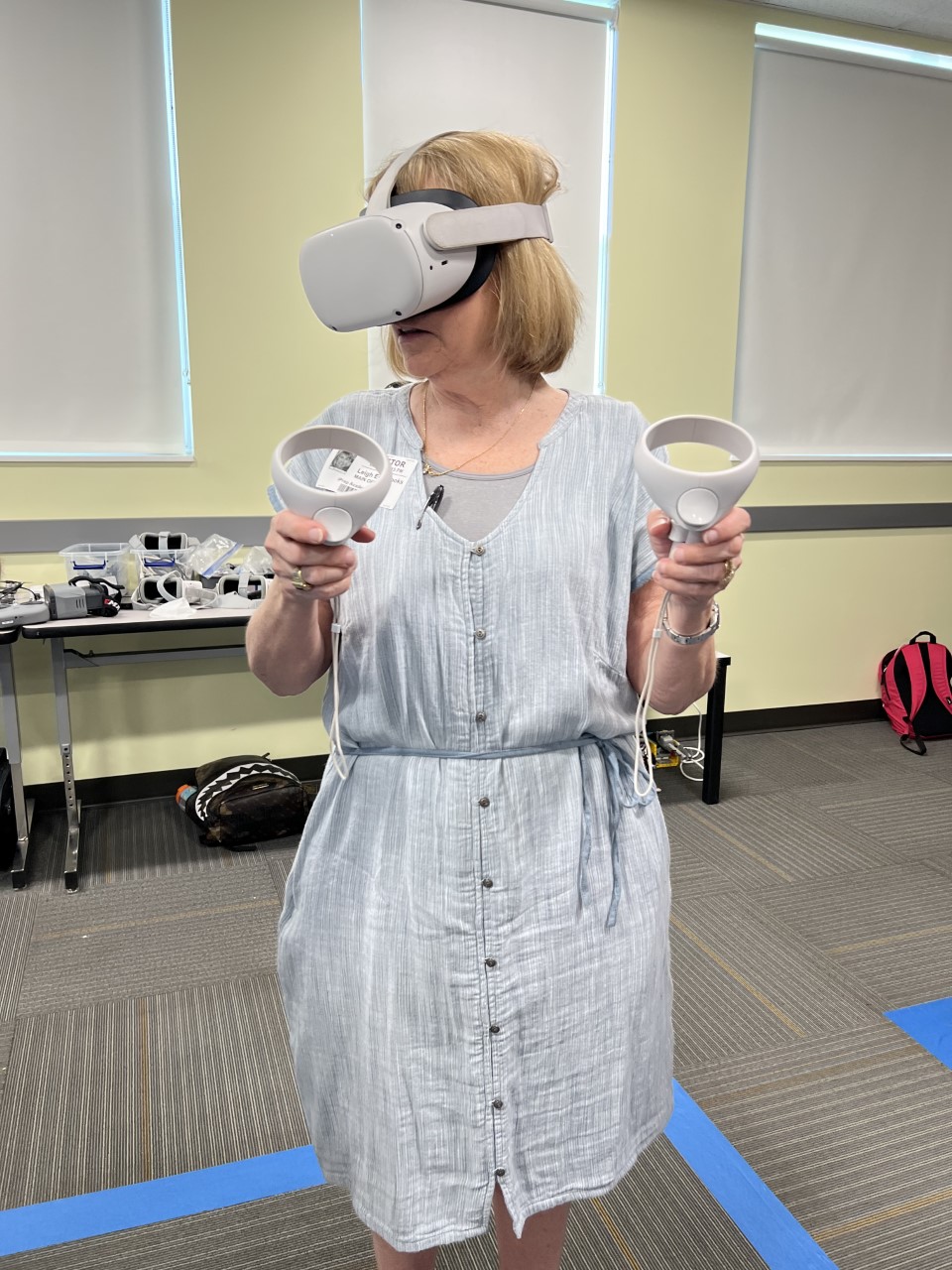Hop To It
We gave our mid-year technology review a few days ago at our school. We provided the audience an event they will never forget. We presented our guests with our homemade 3-d printed frog key chains and a bag of Lego goodies, after all we are a Lego Education school. While the guests were mingling before our presentation, they had a chance to fly drones, view our VR movie of the Everglades, drive our camera-fitted RC cars, and maneuver our award-winning robots. At the beginning of our presentation, we showed a brief video (with great music) of our four-month journey. Then we enthusiastically gave our live presentation. Our team spoke confidently about the invention process we experienced up to this point. We spoke about InvenTeams being more than our invention, it’s also about the ups and downs and being able to embrace hurdles along the way. We taught the audience that the Everglades are important to the South Florida environment for many reasons including the Everglades acts as a buffer against storms and erosions. It is also home to a diversity of wildlife that in most cases very sensitive to small changes in the ecosystem. We showed the audience our prototype of our AI device that monitors restoration projects of the Everglades. We have a provisional patent so it is ok to publicly speak about our invention. Frogs, specifically the diversity of frogs, are indicators that restoration projects in the Everglades are working. Currently, the only way to measure the diversity of frogs after a project (14 different species of frogs in the south Florida Everglades) is to sit in a boat at night and listen to the different sounds of frogs and compile the catalogue of sounds. As you can imagine, there are many problems associated with this method. Our AI device prototype uses our original Python program that listens to the frogs and then records the species of frogs. This program is loaded into a Raspberry Pi apparatus. From our database of frog sounds, our prototype device is 100% accurate. There are still a couple of bugs that we have to work out, but we are confident of moving forward with our real device.
After our successful presentation, our team took Leigh out to dinner at an authentic Cuban restaurant. We had great appetizers and delicious main dishes and even finished with Cuban coffee and flan. Dr. Buncher had his Cuban coffee before dinner, what was that about?
Where do we go from here? Great question. We are looking for a portable device that has its own power, easy to use, readily available, sturdy, waterproof, and fairly inexpensive. We are experimenting with waterproof devices that can withstand the harsh elements of the Everglades while accurately recording and identifying the frogs in a restoration area. The device will listen to the sounds of the night and record a list of frogs that have returned to the restored area of the Everglades. Let’s hop to it!


